AARP Hearing Center


When a loved one is rushed to the hospital, things can move very quickly, and it can be difficult to process everything that’s going on, to stay calm and make a plan. When my mother, who suffers from dementia and advanced Parkinson’s disease, was taken to a hospital this summer, it simply didn’t occur to me to bring some of her basic necessities such as medications, which took more than a day for the hospital to provide.
As family caregivers know, our loved ones have very specific needs that we’ve learned to support and attend to over many months and years. Even the best-trained nurse or doctor will not be able to immediately identify someone’s needs as soon as they’re admitted, and even if they could, they likely wouldn’t have the capacity to attend to all of these needs.
Elizabeth Bailey, a patient advocate and the author of The Patient’s Checklist, says overworked health care providers and understaffed facilities present a series of obstacles to good care. Bailey says that during a hospital stay, whether brief or extended, you need to be your loved one’s best advocate to better manage, monitor and participate in their care. She adds that this advocacy starts at home.
Preparation at home before a hospital stay
Because a crisis can happen at any moment, Bailey suggests preparing and having an emergency go bag at the ready because “not having these things can usher in a series of crises for the hospitalized person.”
Emergency go bag
- Copy (front and back) of your ID and health insurance
- Separate pair of glasses
- List of medications
- Several days’ worth of medications (hospital will determine if the meds can be used)
- Cellphone and charger
- Paper that says if loved one requires dentures, glasses, hearing aids or other medical devices
What to bring to the hospital
In addition to an emergency go bag, consider the sort of items your loved one relies on day to day. It may not be necessary (or possible) to bring them on the first day, but if the hospitalization lasts more than a day or two, they could prove very useful. In the case of my mother’s hospitalization, which lasted a week before she was transferred to rehab, I brought her a special water bottle that was easier for her to drink out of. As my mom has never been a TV watcher, I brought her books and magazines to read and ensured they were always within reach. I considered bringing her iPad so she could listen to music, but decided it was too expensive to risk it going missing.


































































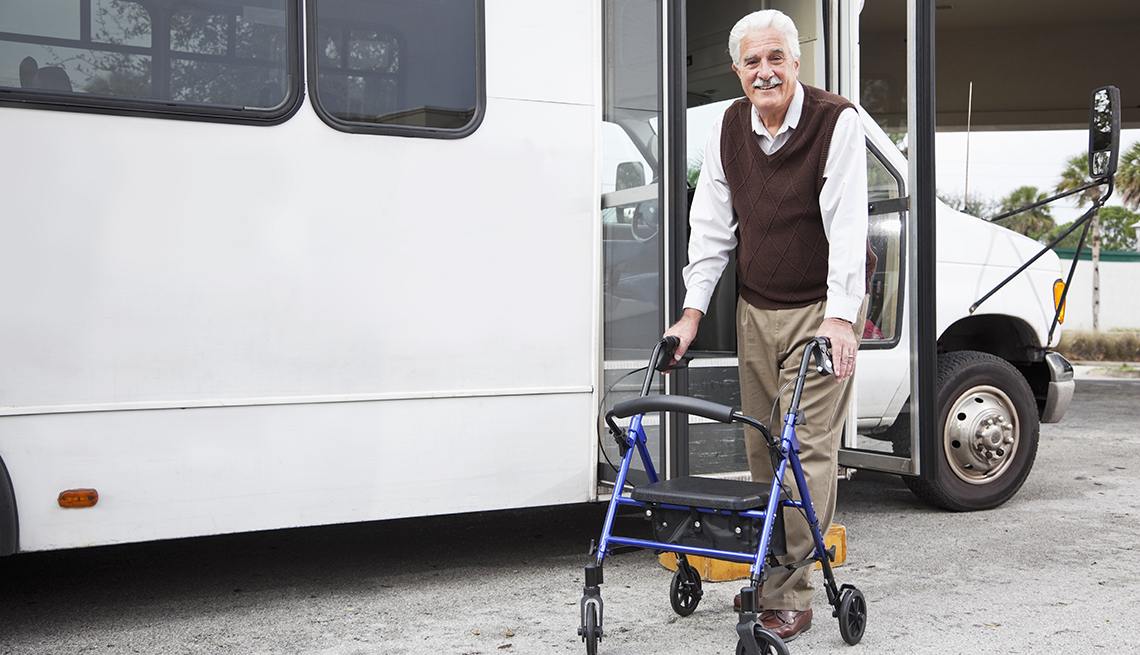


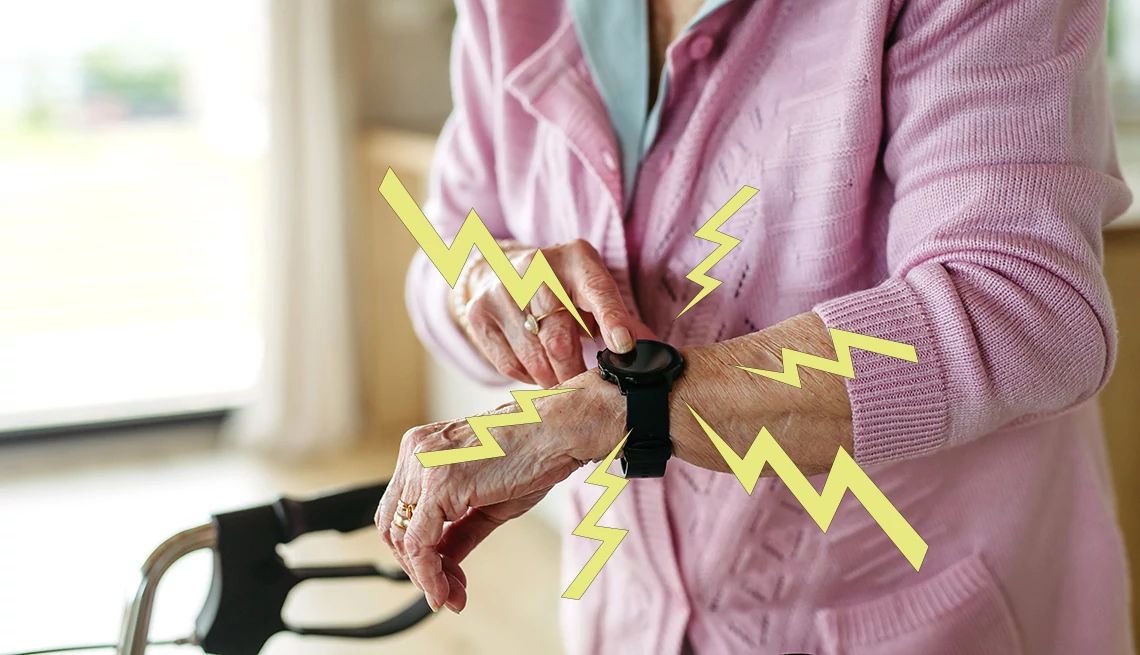
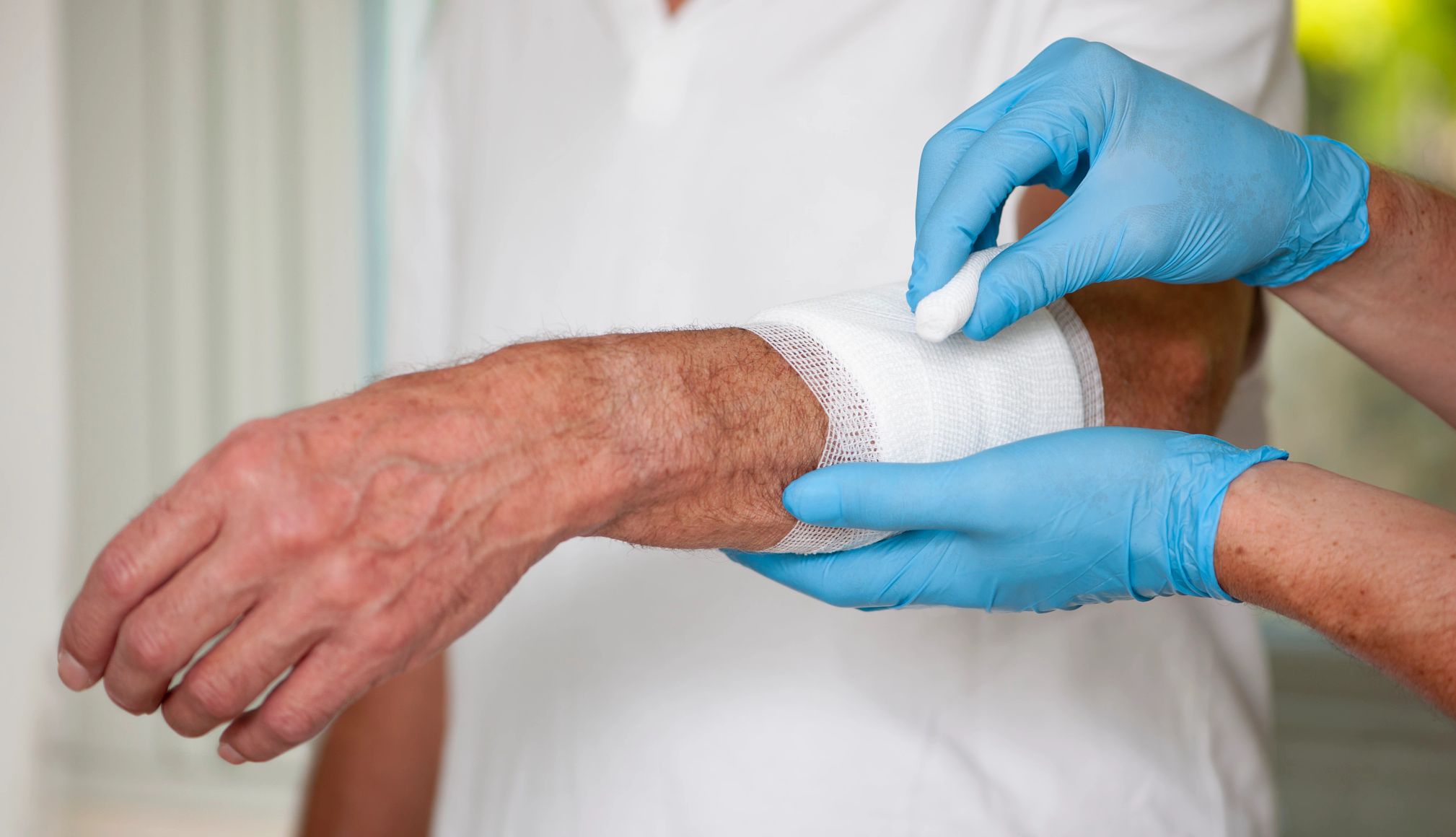





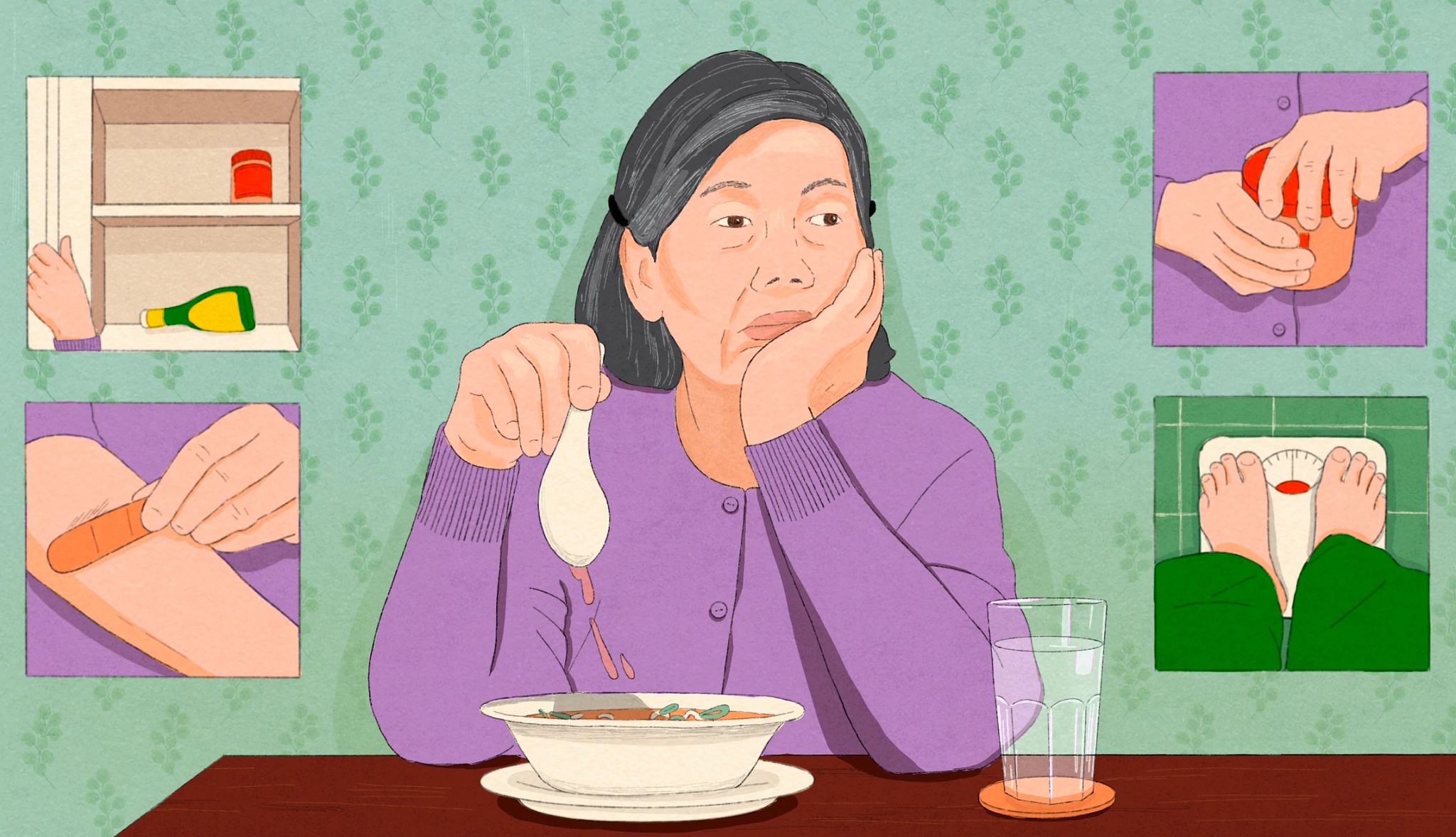
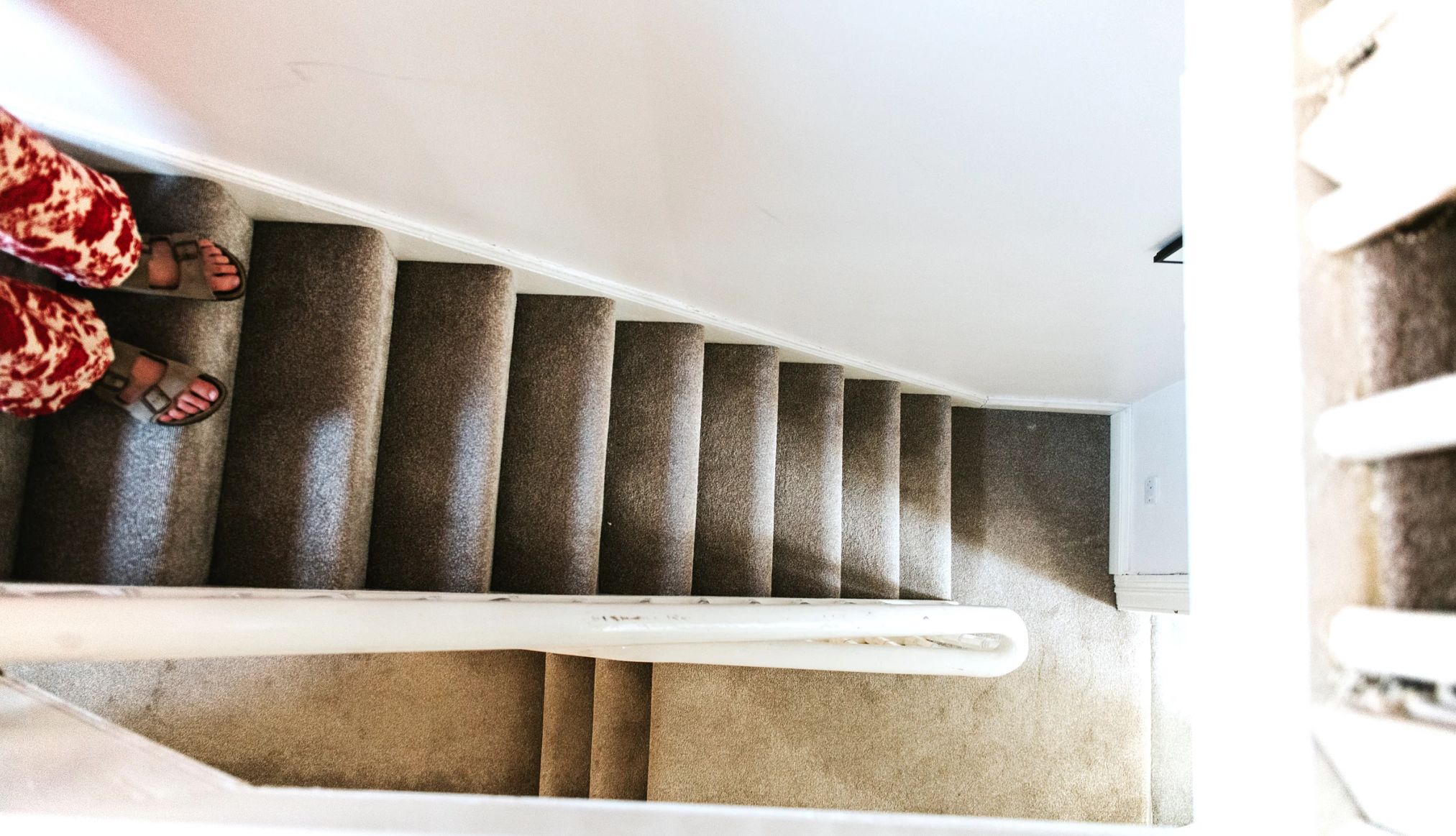







More From AARP
Understanding High Blood Pressure Stages and Types
The 4 stages of hypertension can impact your health in varying waysCaring for Someone Who Won’t Care for Themself
Tips to avoid resentment when a loved one’s health problems are exacerbatedHow to Navigate the Emergency Department With an Older Adult
When you know what to do, your loved one may get better careRecommended for You